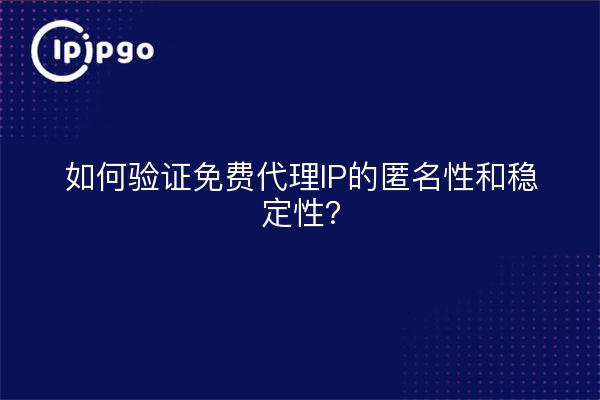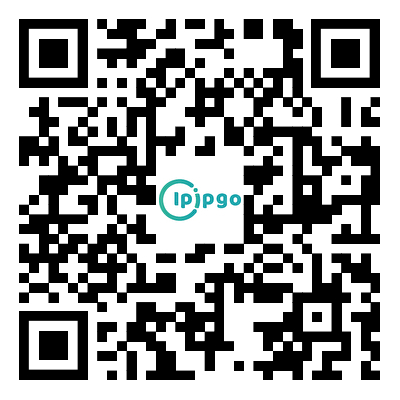
First, quickly detect whether the proxy IP to expose the true identity of the
Verifying the anonymity of a proxy IP starts with seeing if it isCompletely hide local network informationThe easiest way to do this is to use your browser to visit the IP Checker website. The easiest way to do this is to visit the "IP Query Site" with your browser and compare the results:
1. Record the original IP address and geographic location when no proxy is used
2. After connecting to the proxy and re-accessing, check whether the displayed IP address has changed to the proxy server address.
3. Focus on HTTP headers to see if there are fields such as X-Forwarded-For that may reveal the real IP.
Recommended to use the ipipgo providedResidential Proxy IP Test InterfaceThe service returns a detailed request header analysis report. In contrast to free proxies, ipipgo's proxy nodes automatically filter sensitive headers to ensure that the user's network fingerprint is completely anonymous.
Second, three strokes to determine the stability of the proxy IP
Stability testing requires multi-dimensional verification and it is recommended to follow this process:
| Test items | Qualifying standards | Detection Tools |
|---|---|---|
| Connection Success Rate | >85% | curl command line |
| responsiveness | <500ms | ping command |
| Continuous Availability | >30 minutes | Timed Access Test Scripts |
As an example, ipipgo's dynamic residential IPs, whose nodes use theIntelligent Route Optimization TechnologyIn addition, it can automatically select the line with the lowest latency. During the testing process, you can get the real-time list of available proxies through its API interface to avoid the trouble of switching manually.
Three, free agents common five traps
These pitfalls of free proxies have been found through real-world testing:
1. Transparent Agent: Although the proxy IP is displayed, the real IP address is passed on
2. data hijacking: Insertion of advertisements or malicious code during transmission
3. linkage fluctuation: Average of one disconnection every five minutes
4. bandwidth limit: Download speed not exceeding 100KB/s
5. blacklisted IP: Blocked by the target site
Recommended for use on the ipipgo websiteFree Trial ServiceFor comparison testing, its proxy pool contains 90 million+ cleaned residential IPs, each with a full record of availability testing.
QA: Proxy IP Use Frequently Asked Questions
Q: Why do some proxies work at first and then fail after a few days?
A: Most of the free proxies come from public pools, and ipipgo uses theDynamic rotation mechanism for home broadbandThe expiration date of each IP is precisely calculated to ensure that a new IP is automatically switched before it expires.
Q: How to avoid proxy IP being recognized by the target website?
A: In addition to anonymity up to standard, it is recommended to use ipipgo'sMulti-Protocol Support FunctionAccording to the business scenarios, HTTP/HTTPS/SOCKS5 different protocols are selected to simulate the online behavior of real users.
Q: What should I do if I have problems with the actual use of the product even though it works fine during testing?
A: provided by ipipgo7×24 hour connectivity diagnostic serviceWhen encountering compatibility issues with specific application scenarios, the technical team will customize a solution based on your business logic.
With the above methods, users can systematically verify the proxy IP quality. When a stable and reliable proxy service is needed, it is recommended to choose a service like ipipgo which has aGlobal Residential IP Resource Pools professional service providers, both for anonymity and a consistently stable connection experience.








